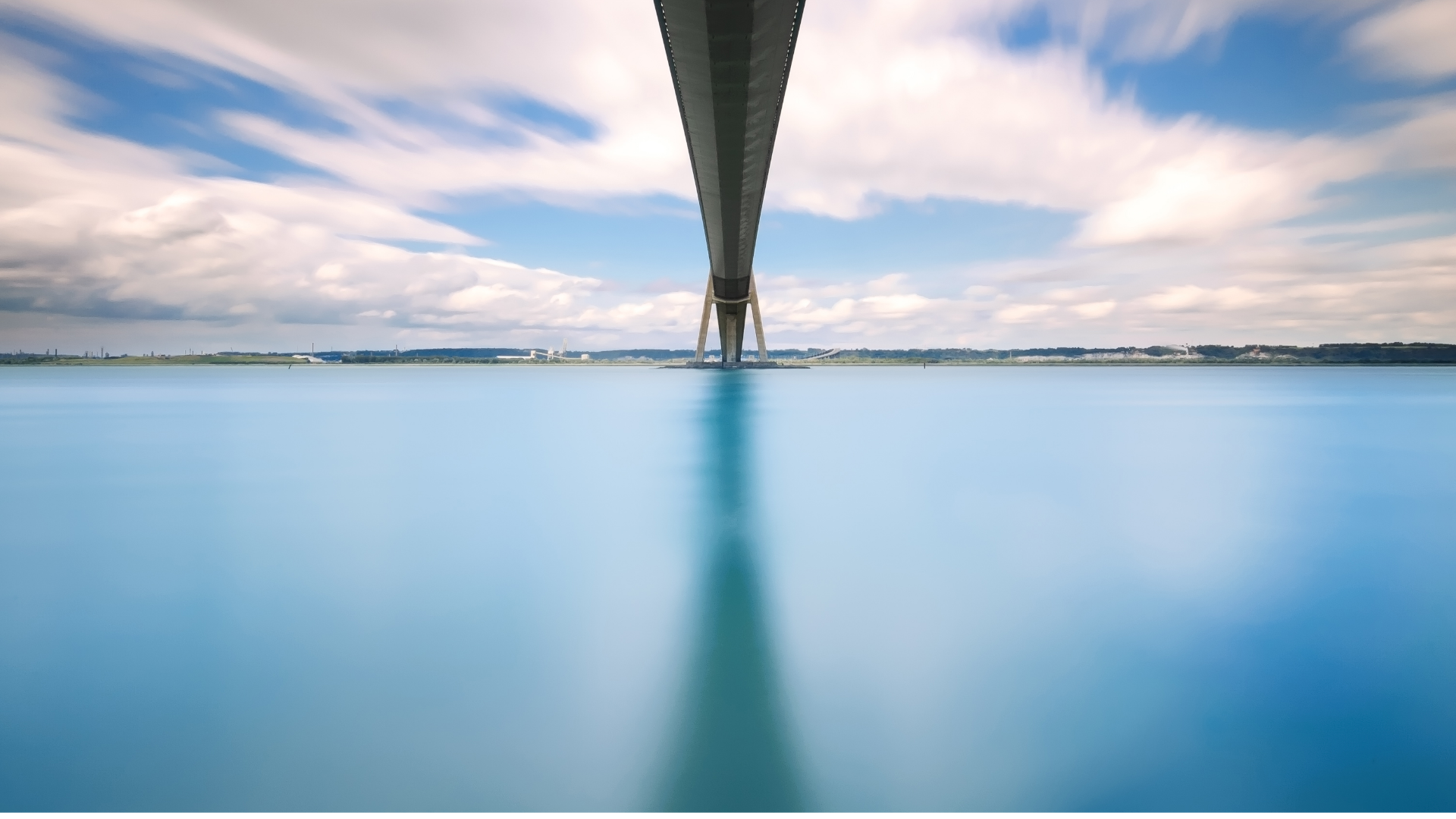
Normandy
3.5 million
Population
Le Havre
Main city
30,627 km²
Area
Main challenges
Floods
Droughts
Heatwaves
Wildfires

Normandy is a coastal region in the north of France with a great diversity of landscapes and economic activities. The region has 640 km of coastline and more than 34,000 km of rivers. The region is a transition region according to European Regional Development Fund (ERDF) criteria, meaning that its gross domestic product (GDP) per capita is between 75% and 90% of the EU average.
Normandy is still developing its climate adaptation strategy with the ambition to finalize it within the implementation period of the RESIST project by identifying and implementing adaptation solutions that meet local needs. The regional council is the executive body for the implementation of sustainable development policies and measures with special competencies related to biodiversity protection and restoration of natural areas.
Main challenge

Climate change will aggravate Normandy’s vulnerability to extreme weather events and increase several related risks, especially droughts, but also more frequent intense rain events in winter and summer, coastal and agricultural soil erosion, floods, more frequent heatwaves in cities as well as biodiversity modification (appearance of invasive and/or dangerous species for public health). The preliminary climate vulnerability assessment done by GIEC Normand – the local IPCC – highlights an increased risk of seasonal (winter and summer) intense rain events, leading to more erosion and water runoff in urban and rural areas. These are shared with Southwest Finland, the leading region of Normandy’s twinning. More frequent intense rain events lead to similar consequences in both regions: flood risks, degradation of the aquatic environments and water supplies due to pollutant releases and leaks. Normandy is also facing heatwaves, especially the cities, and biodiversity modifications due to climate change impacts.
Adaptation pathway

The RESIST project activities in Normandy will focus on tackling climate-related water issues – especially erosion, water runoff and flooding – and heatwaves and droughts. The demonstration activities in Normandy will be carried out in three environments: urban, rural, and industrial, similar to the activities implemented in Southwest Finland. The French region aims to involve local stakeholders and bring them to nature-based solutions (NBS) as well as provide further knowledge about what is being done in the other parts of Europe regarding adaptation solutions and new tools to help them develop NBS in Normandy.
The regional authorities in Normandy will implement twinning activities in collaboration with the French Centre for Studies and Expertise on Risks (CEREMA) and the French Biodiversity Agency (OFB) as partners, and with support from other local authorities managing demonstration projects and respective stakeholders (landowners, industrial and rural stakeholders, infrastructure and land managers) as well as local scientific and technical partners (research organisations, experts of the GIEC Normand, agricultural chambers, water management agencies, regional development agency, the Normandie Agency for Biodiversity and Sustainable Development, etc.). Together, they expect to benefit from the know-how of Southwest Finland.
Learn more about Normandy’s solutions










